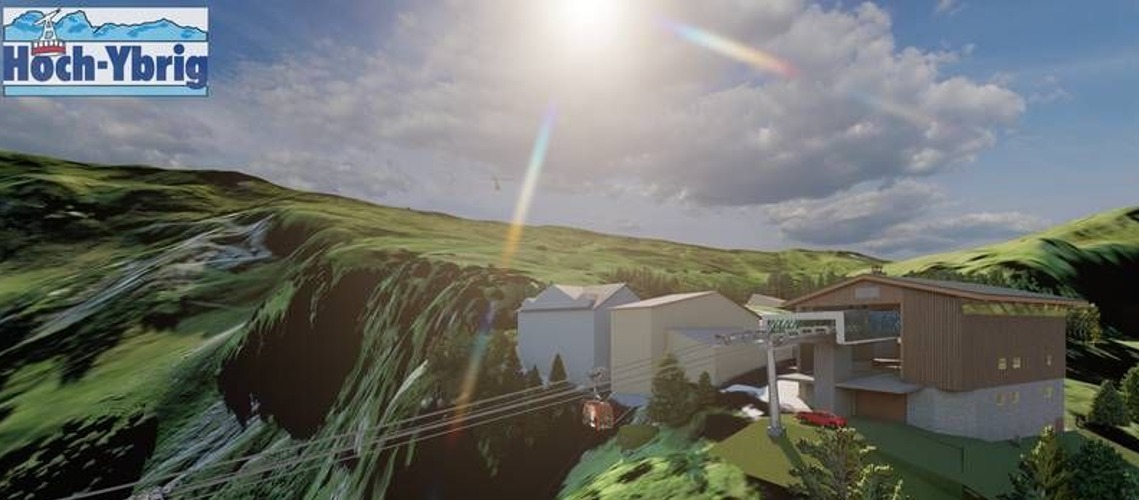Doppelmayr Works On Hoch-Ybrig TRI-Line Lift

The Federal Office of Transport has issued the building permit for the new construction of the tricable gondola Weglosen-Seebli. The construction work is in full swing. On June 16, 2023, the first foundation plate was already concreted.
The area in Hoch-Ybrig attracts numerous guests from Zurich and the surrounding area to go skiing or hiking in both winter and summer. As a year-round destination, the region offers guests a wide range of activities, which is why the cable car and its high availability play a central role. "With the TRI-Line we have found a ropeway system that meets all our requirements - and at a reasonable price. Although a monocable gondola is technically feasible, it would have posed various challenges in the special terrain and would have been correspondingly difficult to build. The 3S-Bahn as an alternative was beyond our budget. The TRI-Line is compact and copes with the prevailing wind in our area thanks to the 3S advantages, which is a decisive criterion for the important feeder railway. Thanks to the new cabins with their comfortable seats and generous glazing, we can now offer passengers significantly more comfort," says Urs Keller, CEO in Hoch-Ybrig.
With the TRI-Line, Doppelmayr heralds the next ropeway era. The innovative circulation system combines the advantages of the proven D-Line with those of the powerful three-rope system. Compact stations and ropeway components, spacious cabins for up to 20 people, a newly developed running gear and a transport capacity of up to 8,000 people per hour and direction are the highlights of the TRI-Line.
Drive as a technical highlight
The heart of the development of the TRI-Line is based on a new design approach to the running gear. The basis is the use of the D-Line coupling clamp, of which the company said "On this basis we were able to create a simple and maintenance-friendly drive. The individual components are easy to handle. Another advantage is the simple cable routing in the stations. This enables us to use the compact D-Line stations and their components."













